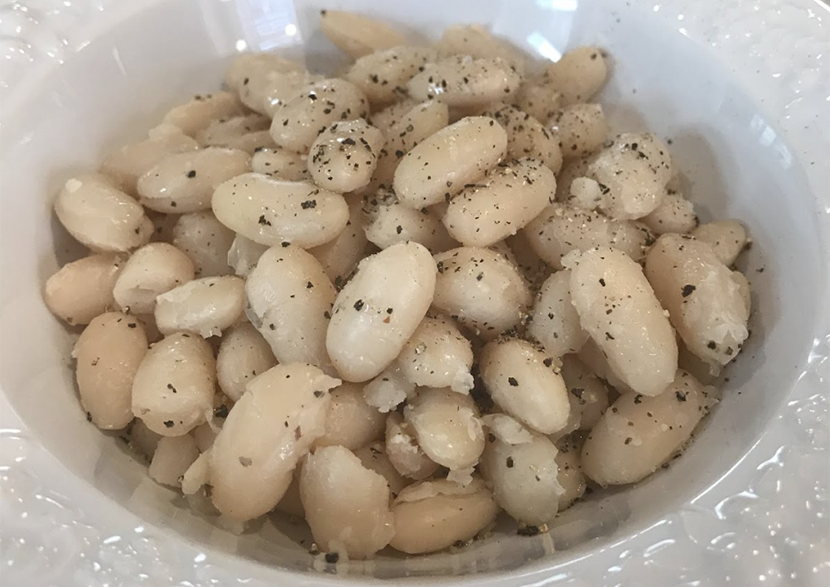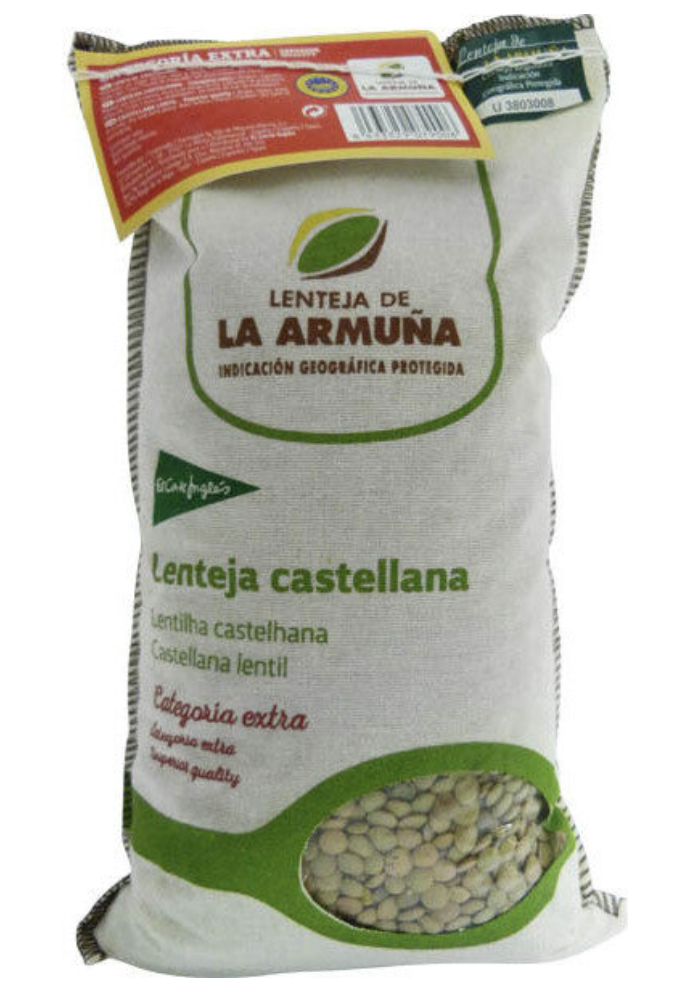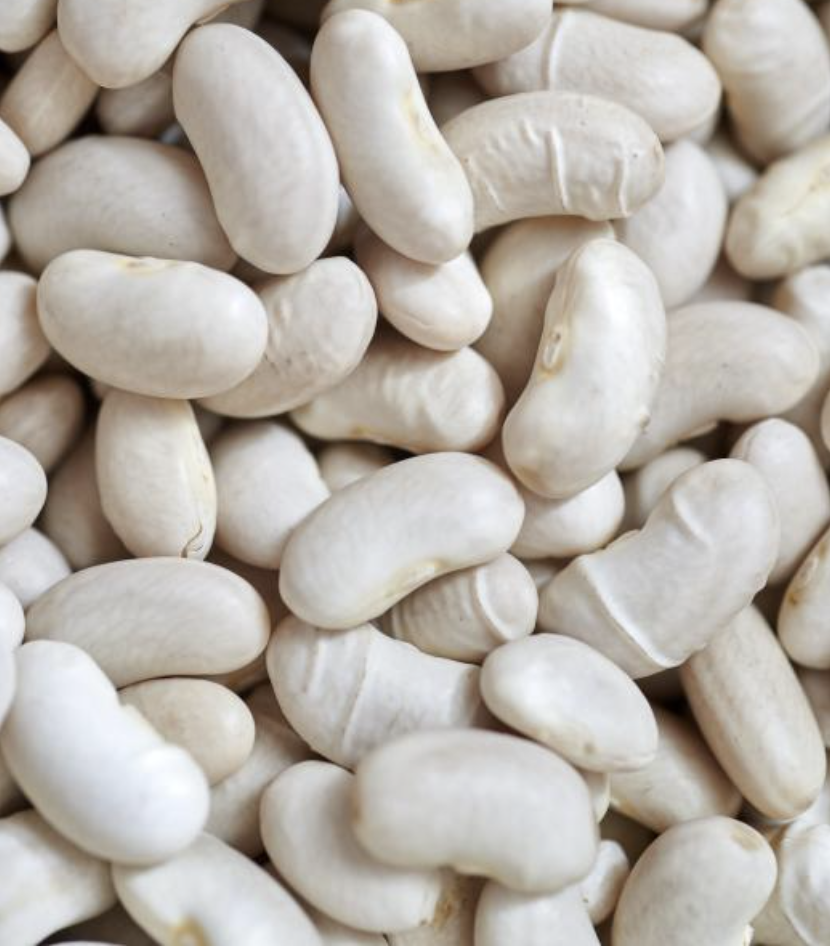January 10, 2023
Luke Wilkinson reports on how protecting your product’s origin could make it stand apart from the others, bring a boost for the local economy, and help put your pulse on the map.

The aim of a geographical indication (GI) is a simple one: to protect the value of products that are unique to a particular region. This includes Parmigiano Reggiano, Polish vodka and, perhaps most famously, Champagne.
But why is it important to the consumer?
When you go to the supermarket to buy Greek olive oil, you want it to be from Greece! Particularly if the brand claims that its olives have unique qualities due to the rich Greek soils, or being cultivated at a very particular Greek region. This is true of Kalamata olive oil, which must be made with olives from the Kalamata region to receive the European Union's PDO (Protected Designation of Origin) stamp. If your Kalamata olive oil doesn't have that stamp, then it is simply not from the region.
The European Union grants both the Protected Geographical Indication (PGI) and the Protected Designation of Origin (PDO), which differ very slightly in what they signify. A PDO guarantees that every stage of production, from harvesting to packaging has occurred within the region. A PGI guarantees that ‘a particular quality, reputation, or other characteristic is essentially attributable to the region’.
Although the United Nations Food and Agriculture Organization recognises 11 main types of pulses, there are actually around 1800 different varieties within the pulse family, each with its own size, coloring, flavor and texture when cooked. Some pulses around the world have developed a reputation for their particular quality and, when their positive qualities can be linked specifically to a region, this may lead to them being protected by a GI, or Geographical Indication. Below are some examples of pulses with a GI label.

In Svizzera Pesciatina, a remote are of Tuscany, Italy, the Sorana bean or Piattellino, is grown solely on specific lands totalling no more than ten hectares. The combination of ideal soils, humidity, and sunshine make this a perfect microclimate for the bean to grow. The EU’s Protected Geographical Indication (PGI) specifies that a Sorana bean must be grown in the Pescia valley.
When grown outside of its proprietary microclimate, it is reported that the bean loses its unique qualities. Valdo Verreschi, a chef and restaurateur from the region explained to Saveur Magazine: “You could plant a Sorana bean anywhere – many people have tried – and you might get a bean, but it wouldn't act like a Sorana when you cooked it.”
The Sorana bean is a kind of cannellini bean whoose flattened shape and delicate skin is highly prized by aficionados who pay a premium to enjoy it; a one pound bag of the beans can retail anywhere between $7.99 and $10 in the US, and a 1kg bag sells between €3 and €4 in Italy. It was once dubbed the ‘most expensive bean in the world’ and reportedly cost between six and seven times more than regular beans in 2016.
The website of the ‘Ghiareto’ association, a group of producers dedicated to the protection and enhancement of the Sorana bean and its region, says of the PGI: “In addition to protecting the producer, avoiding bad imitations and false speculations on the name of Sorana, it also guarantees the consumer purchasing a certified Sorana bean that they will have certainty of its origin, the control of its production, packaging, and distribution."

This lentil is found in the Spanish province of Salamanca, in the Castilla y Leon region and has been given the Protection Designation of Origin. Its unique flavor, the delicacy of its skin, and its increased nutritional levels make it a quality pulse that is inextricably linked to the land it is grown on.
Compared to other lentils, its levels of calcium, iron and protein are reportedly 50% higher. Legumbres de Calidad, a quality control center in Salamanca founded to assess and guarantee pulses from the region says that the ground of the region is ‘rich in organic material, iron oxide and potassium’ and that its fertile grounds are thanks to a climate characterized by long, cold winters and short hot summers.

This mild-tasting white bean is grown in the Kattavia municipal district (located at the very foot of the Greek island of Rhodes) and must never be grown further than one kilometer from the Aegean sea. The soil of the farmland is made up of clay and limestone and its protected region is defined by a climate of mild, wet winters, dry Mediterranean summers and at least 300 days of sunshine every year.
The bean has reportedly been grown in the region since 1935 and producers in the area grow the beans using a methodology that has been passed down from generation to generation, requiring specific knowledge in order to manage the crops under the unstable climatic conditions.
Earlier this year, the GPC chatted with Montserrat San José Cabezas, of Legumbres Víctor, in Castilla y León in Spain. Castilla y León is a region with many different GI certified pulses. Overall, Montserrat sees the GIs as a positive: “We certainly applaud the benefits it passes on to the workers all along the production chain. It's something that gives a little bit of extra value to the workers and allows the farmers to feel that their efforts all the way out in the countryside are appreciated in wider society.”
GI-certified products represent a market reportedly worth around €75 billion collectively within the EU so, for a clearly premium market, it has certainly led to considerable financial benefit, although it is difficult to measure how much of these sales are due to the GI attached to the products.
The World Intellectual Property Organization (WIPO) suggests that GIs have an important impact on local tourism, boosting the economic prosperity of the region where the product is produced. A GI “raises the region's international profile and boosts tourism. People who buy GI certified products are often interested in visiting the places they come from.”
In a world where purportedly over half of people choose their tourist destinations based on food and drink, a GI product as a catalyst for tourism doesn't seem too far-fetched. Cities and towns across the world have become destinations for curious foodies set on trying something that they see as unique, and belonging to the culture of the region. Lima, Bangkok, New Orleans, San Sebastian – all destinations built on the reputations of their storied food culture.
Another potential benefit of a GI for regional products is the possibility to improve sustainability in the processes of production. WIPO proposes that “often, the strong link between the products and their geographical origin focuses attention on the need to preserve local natural resources without which long-term production would be impossible.”
If a product relies on the soils and unique climate of the region, then it seems likely that producers will be interested in protecting that, both for cultural/personal motivations, and to preserve the financial benefits that the region brings.
In terms of pulses, right now Spain is the country with the most GIs in the world. However, the concept of a GI is not one restricted to the European Union, any producer can apply for these protections if it wishes to.
As the world becomes more conscious of the quality of the food they eat, a GI can offer a powerful USP that allows the consumer to see the product as high-quality. It can also be a way to earmark a product as sustainable particularly in a retail environment in which the number of people choosing products based on their sustainability has shot up, with around 90% of Gen X consumers reportedly willing to spend an extra 10% based on a product’s sustainability.
In conclusion, although the geographical indication concept remains a small but important part of premium products around the world, the potential is much greater, and could become more prominent over the coming years for both pulses and the world of food and drink in general.

Geographical indication / European Union / Sorana bean / ‘La Armuña’ Lentil / Fasolia Kattavias Rodou / Sustainability
Disclaimer: The opinions or views expressed in this publication are those of the authors or quoted persons. They do not purport to reflect the opinions or views of the Global Pulse Confederation or its members.